Omaha, Council Bluffs, Fremont and the Surrounding Areas
The Step-By-Step Guide to the Professional Mold Remediation
Step-By-Step Guide
The presence of mold in your home or business property is a serious issue. It can lead to negative health consequences as well as costly property damage. If you identify a mold issue, it is time to contact the team at Maxim Cleaning & Restoration to respond to your location so that they can begin the process of professional mold remediation.
The term mold remediation refers to the process used by restoration professionals to locate the cause of a mold problem and then take steps to eliminate it. It is a process that includes mold testing as well as the cleaning of contaminated surfaces. Mold remediation also involves the removal of materials that have been damaged by mold beyond repair. It includes the repair process required to return a property back to normal after the mold issues have been effectively addressed.
With these points in mind, it is now time to look at a step-by-step guide to the professional mold remediation process.
1. Identify All Sources of Mold Within the Property
Locating every area that has been contaminated by mold is the first crucial step in the mold remediation process. Mold testing methods are used by environmental professionals to accurately identify the full extent of the contamination so that the process can move forward.
2. Assess the Extent of the Mold Infestation and Formulate an Action Plan
Mold remediation professionals will carefully assess the full extent of the contamination that is present in a property. Once this is done, they will come up with an action plan to systematically deal with cleaning the affected surfaces and taking care of any demolitions that are necessary.
4. Utilize the Proper Protective Gear
Trained mold remediation professionals will utilize all the appropriate protective gear and equipment when addressing contamination. Dealing with large mold issues is a task best left to trained professionals because it can be harmful to one’s health to become exposed to mold spores. Mold remediation professionals have all the necessary gear required to keep themselves safe while they do their work.
5. Remove All Mold Contaminated Materials That Cannot Be Saved
The next step in the mold remediation process is the removal of all materials that cannot be saved. This often includes materials such as carpeting and drywall. They often become contaminated to the point that they must simply be replaced rather than cleaned. Many porous materials in a property simply cannot be effectively cleaned after they become contaminated with mold. To keep mold spores from spreading, remediation professionals will utilize vacuums equipped called air scrubber with HEPA filters while they are cutting into materials that are being removed.
6. Professionally Clean All Mold Contaminated Materials That Can Be Saved
Mold remediation professionals will use fungicide products to clean all surfaces that can be salvaged instead of replaced. This includes areas such as counters, tubs, sinks, tile surfaces, and metal surfaces. They will also scrub down porous surfaces like wall studs that cannot be removed.
7. Control Mold on Contaminated Materials That Cannot Be Removed or Cleaned
It is also necessary to contain and control mold on surfaces that cannot be adequately cleaned but also cannot be removed. This often involves the use of products that can be applied to encapsulate the mold that is present on these materials.
8. Conduct All Necessary Repairs
Once all the molds in the property have been effectively addressed, remediation professionals will begin the work of conducting all necessary repairs that are required to return the property back to its previous state that existed before the mold contamination issue occurred.
If you suspect mold growth, take your steps and call Maxim Cleaning & Restoration.
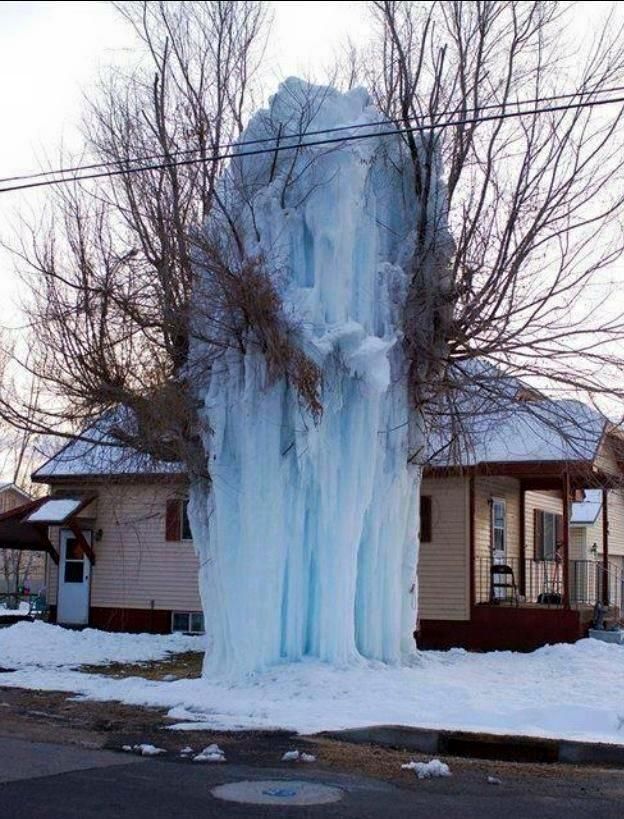
SERVING
Omaha , NE
and Surrounding Areas
All Credit Card payments are subject to a fee, that is non-negotiable, but we offer no fee with check payments.
HOURS
24/7 Emergency Services

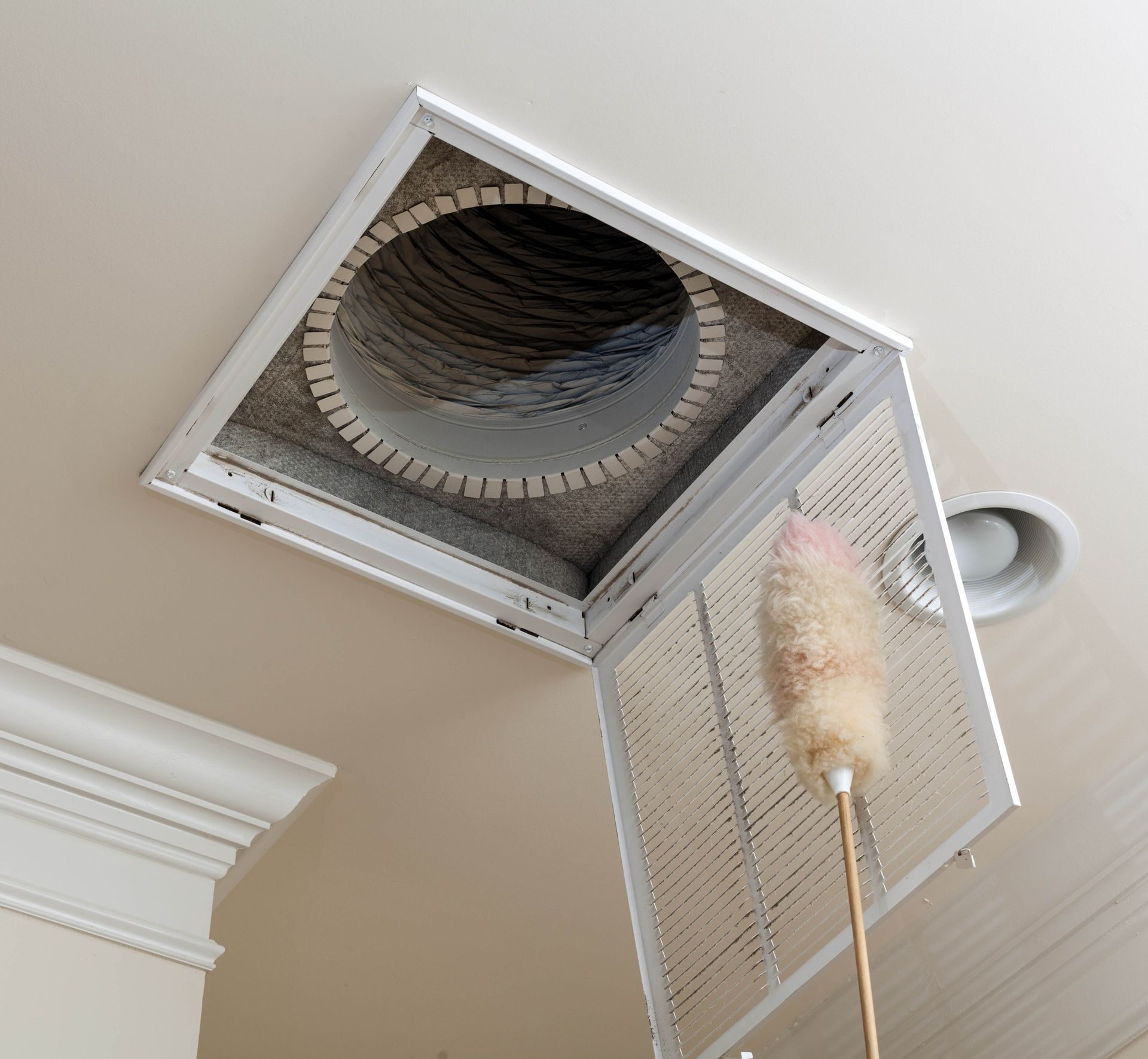
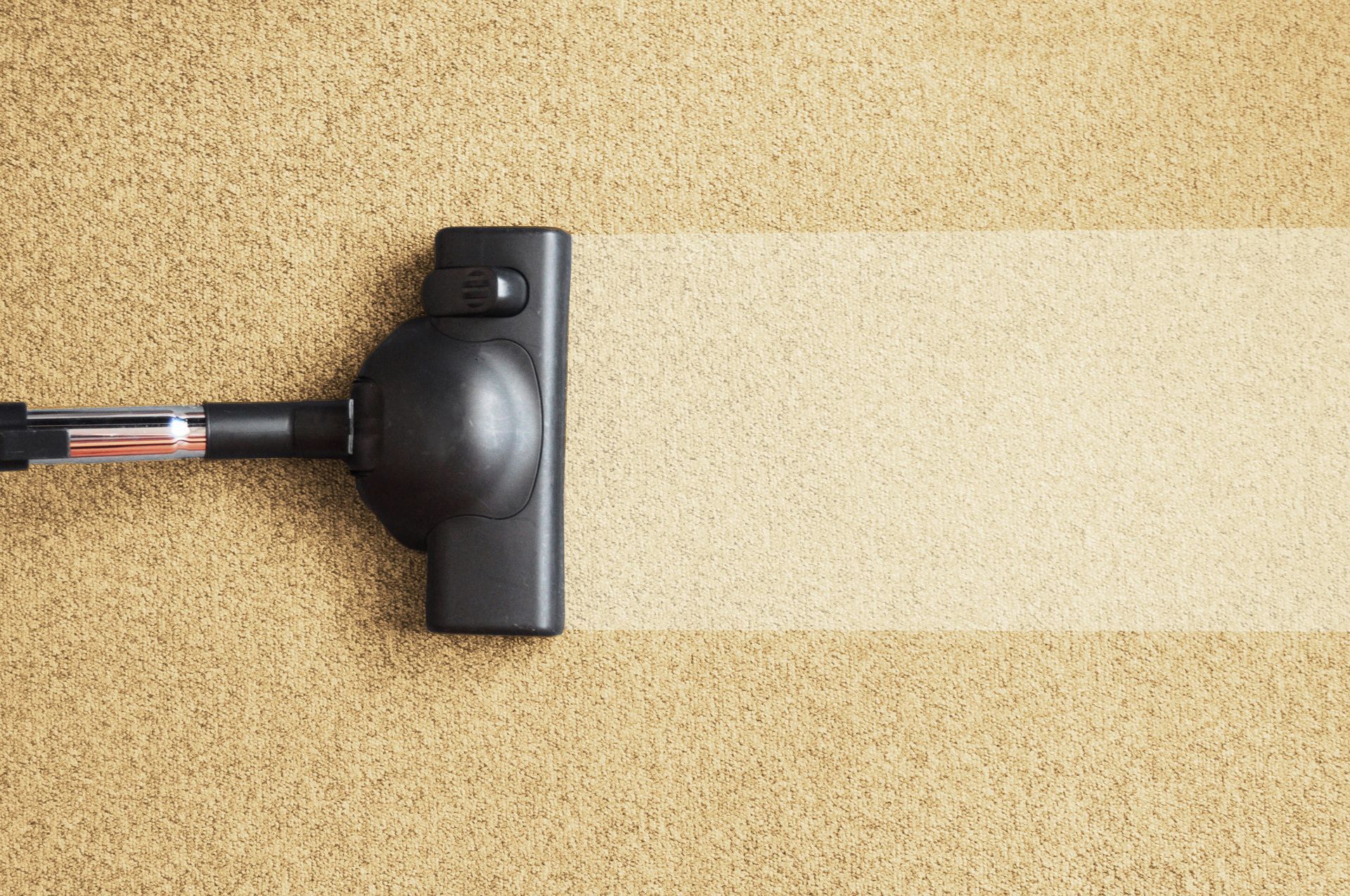
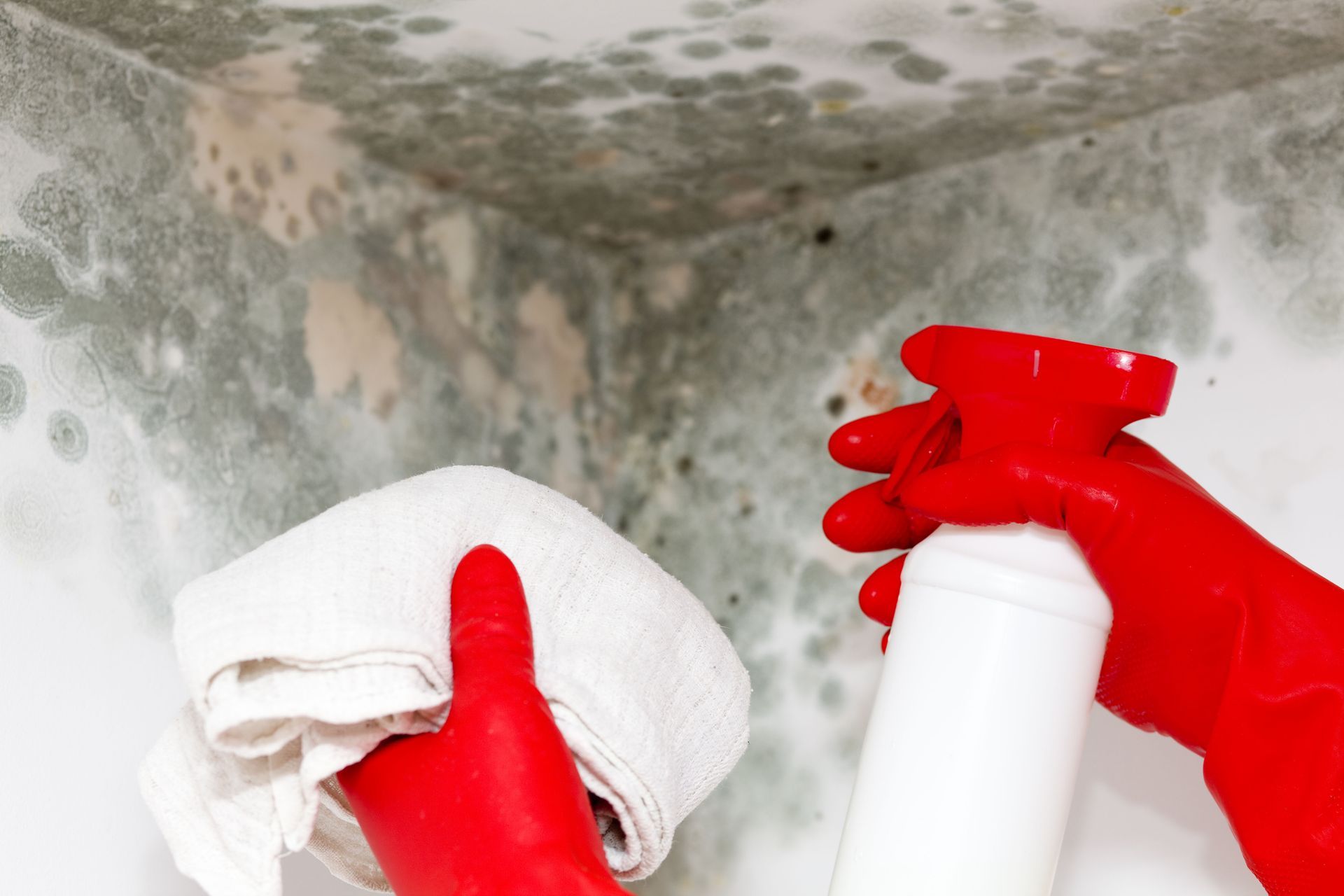
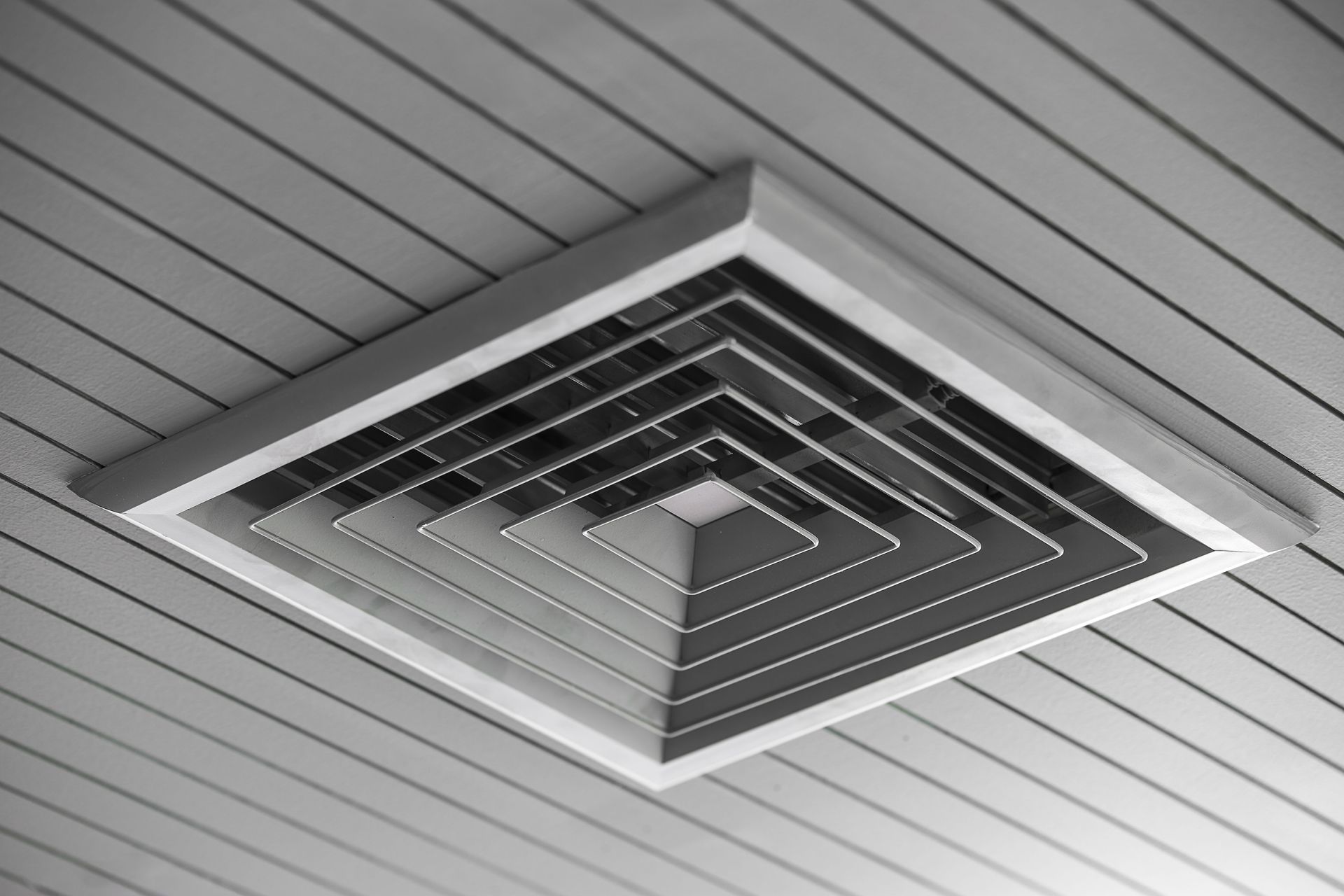


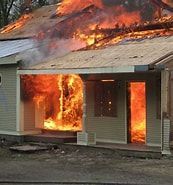
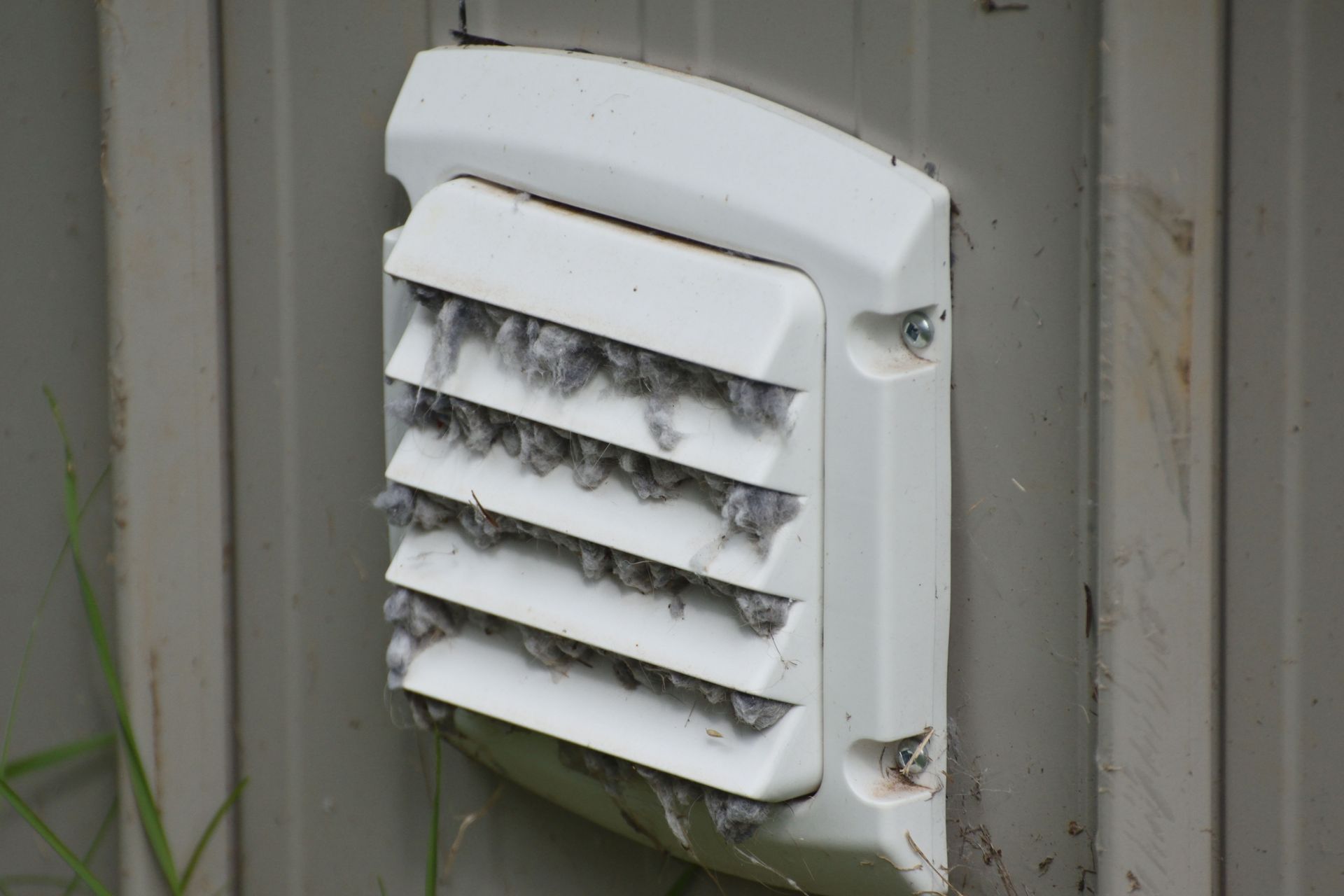
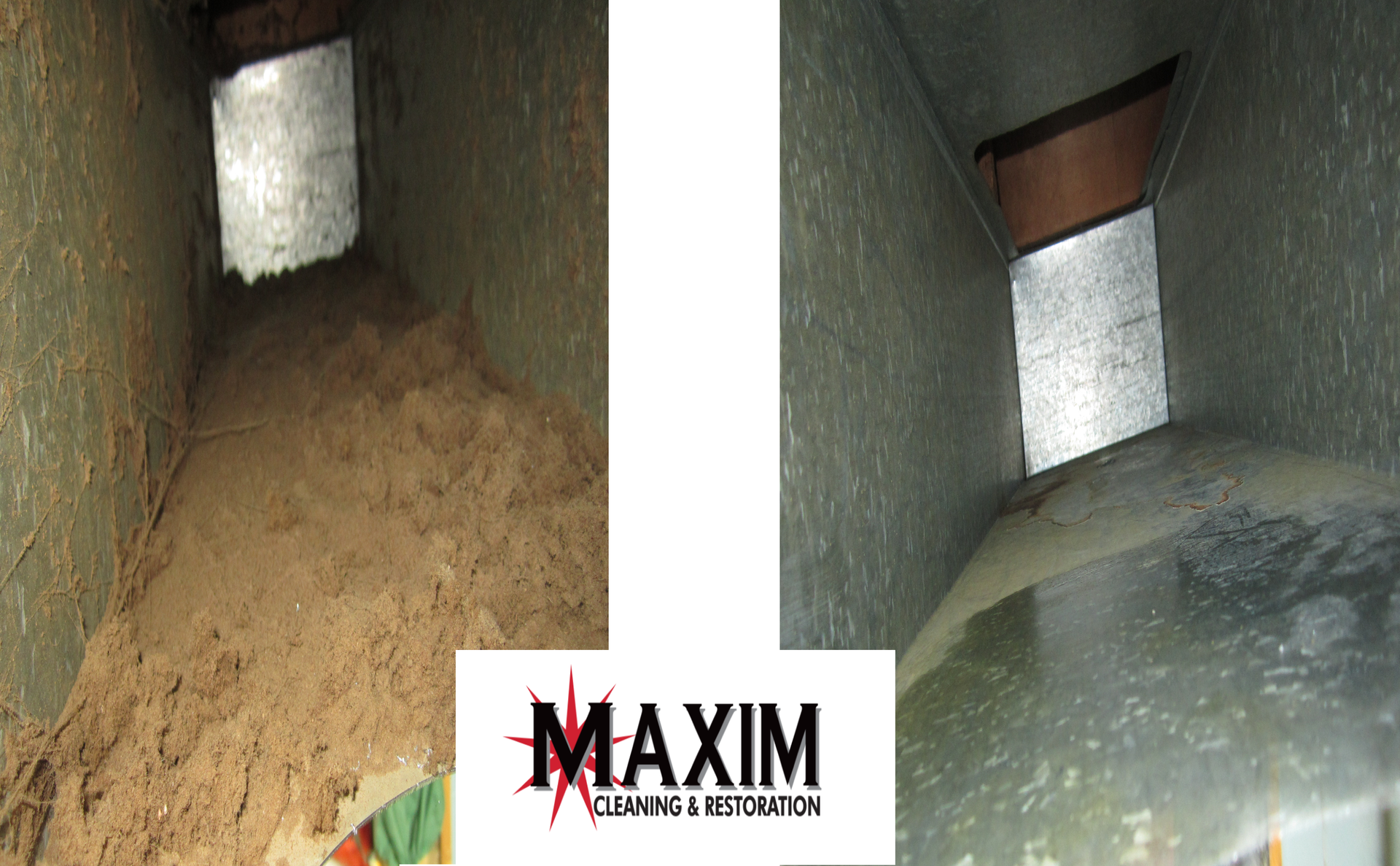

Share On: